
Weather of Korea in October | Educational Visit | Cultural Excursion | Other Attractions
The Korean peninsula is located between 33 degrees and 43 degrees of the north latitude as it is at the north end of the Eurasia Continent. Since the Tae Baek family of mountains is standing as the back bone of the land, the Korean weather is very dynamic despite of the small size of the land. The land is in the temperate zone and it has 4 distinct seasons. It also possesses various geographical features. Even though the Korean weather resembles the continental climate in general, it experiences a monsoon climate in summer. It is very cold and dry in winter influenced by the Siberian air mass. The rainy season starts in late June. The heavy rains in the season often result in disasters as loss of people and property damages. It is very hot and wet in July and August because of the Pacific oceanic high pressure. Although spring and fall last a short period of time relative to summer and winter, those seasons show distinct climatic patterns and serene weather with blue sky in general.
| Time | Option 1 | Option 2 |
|---|---|---|
| 14:00-14:30 | transfer | transfer |
| 14:30-15:30 | Gwangju Yeomju Elementary | Gwangju Sosok High |
| 15:30-16:00 | transfer | transfer |
| 16:00-17:30 | City Folk Museum | Gwangju National Museum |
| 17:30-19:00 | Gwangju National Museum | City Folk Museum |
Yeomju Elementary http://www.yeomju.es.kr/
Sosok High http://www.sosok.hs.kr/
* Schools to visit are subject to change under circumstances.
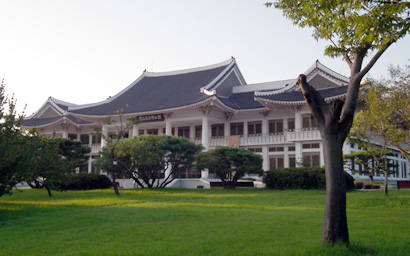
Gwangju National Museum http://gwangju.museum.go.kr/eng/
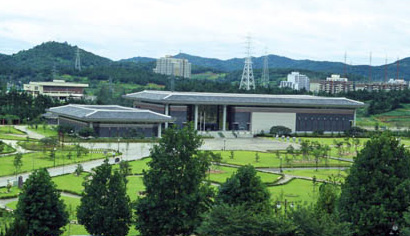
City Folk Museum http://gjfm.gjcity.net/
| Time | Program |
|---|---|
| 09:30-10:30 | transfer |
| 10:30-12:30 | Tour of Naganeumpseong |
| 12:30-14:30 | Lunch and Free Time |
| 14:30-16:30 | On-site Experience Programs |
| 16:30-18:00 | transfer (back to Gwangju/hotel) |
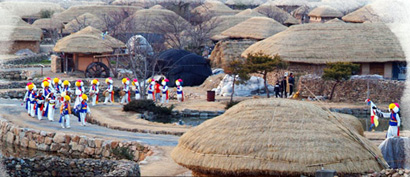
Naganeupseong Folk Village http://www.nagan.or.kr/english/
About Naganeupseong Folk Village
Naganeupseong is a representative Korean communal town from Chosun dynasty, still well preserved in its original form. The endeavor for the town to be appointed a world cultural heritage is being sought as of now for wider recognition of its value.
Naganeupseong Folk Village is the village enclosed by the fortress of Naganeupseong, where Gwan-Ah (administrative center) and about 100 Cho-Ga(a form of a house)s exist in its pristine form. How the town functioned and the Korean ancestors lived can be lively observed by the current residents living in the village.
Especially, we strongly recommend Pansori and Gayageum experience programs, which are two Korean traditional music forms at the very best, provided for free.
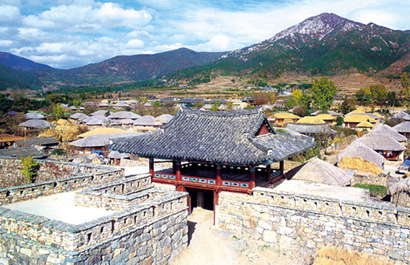
Naganeupseong
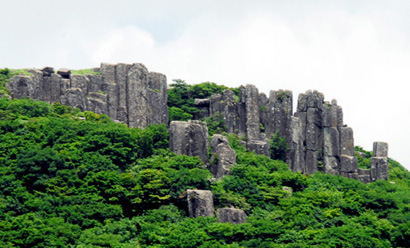
The only high-altitude columnar joints in Korea, on top of Mudeung-san(mountain)
The very downtown area of Gwangju
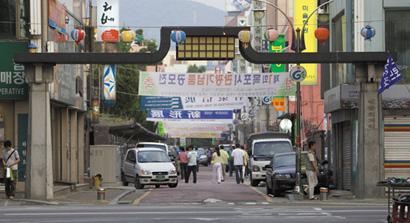
GeoRi(street) of art in Gwangju
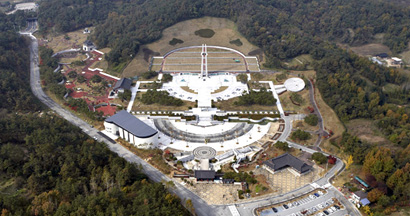
Monument for 5.18 movement, where people sacrificed at the price of shouting for democracy at the movement are enshrined.
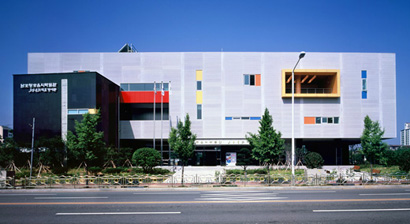
Museum for traditional gourmet food of NamDo (JeoLaNamDo province)
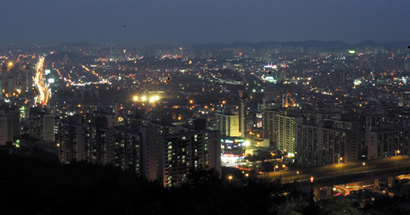
Gwangju city area seen from Jat-GoGae, where the old fortress remains.
* Download information in Korean.